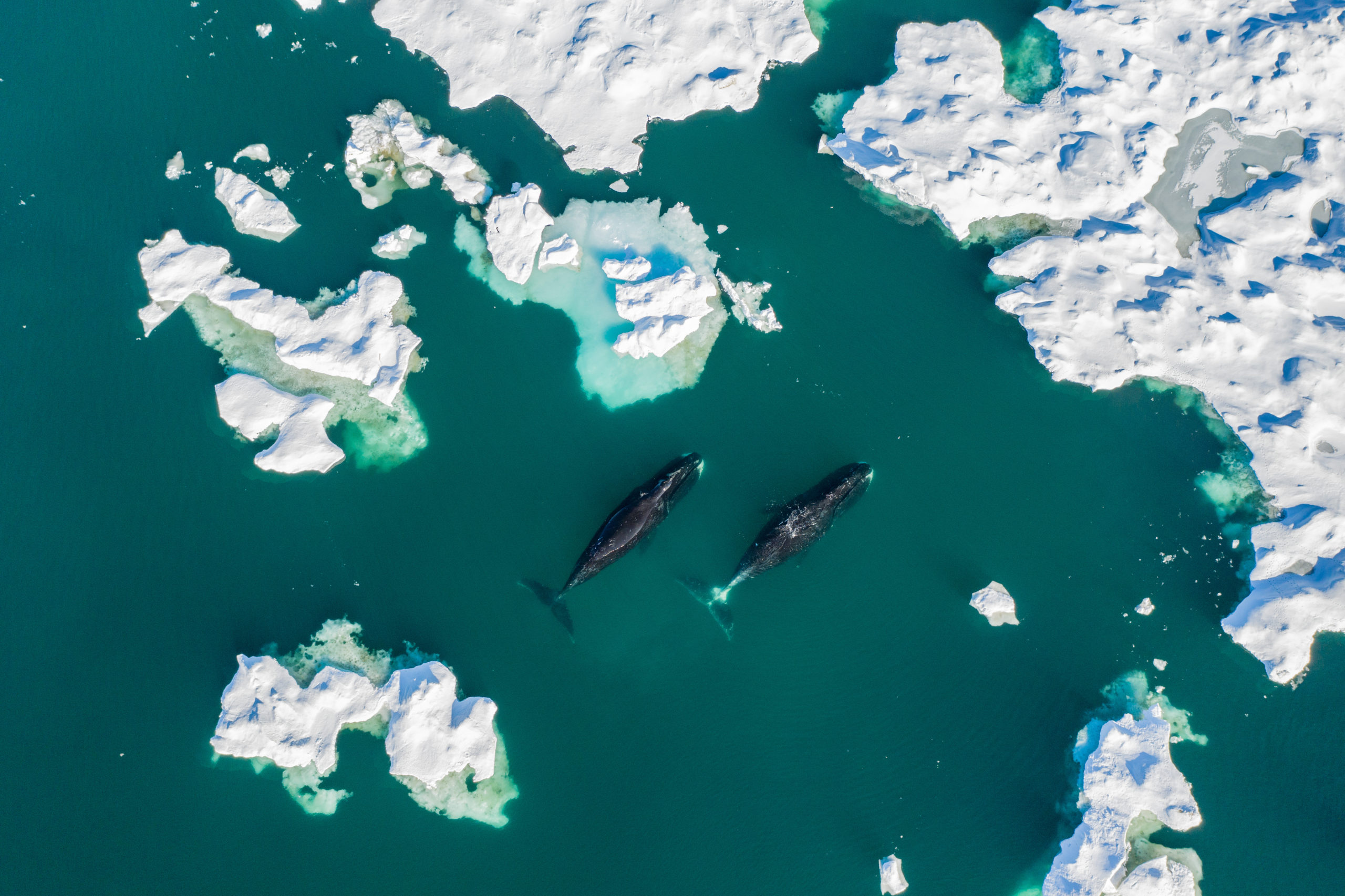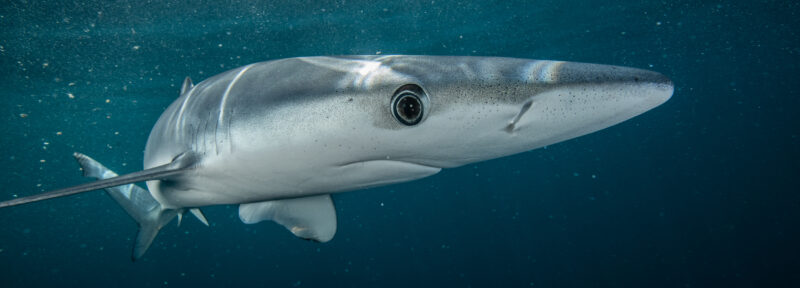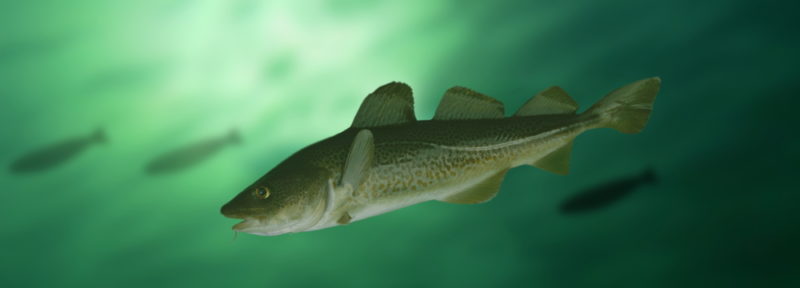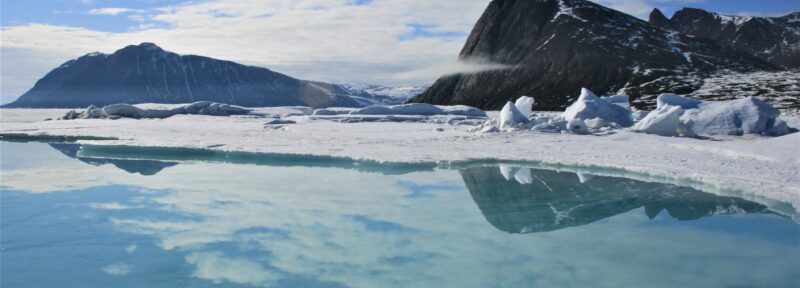What We’re Watching for at the Fifth International Marine Protected Areas Congress
Bowhead whales moving through the ice.
This week, people from around the world are gathering in Vancouver for the Fifth International Marine Protected Areas Congress (IMPAC5). With Canada hosting in partnership with xʷməθkʷəy̓əm (Musqueam Indian Band), Sḵwx̱wú7mesh (Squamish Nation), səlilwətaɬ (Tsleil-waututh Nation), the province of BC, and the Canadian Parks and Wilderness Society, there’s a big opportunity to work together on ambitious policies and projects that will help protect our ocean.
The conference started with a major announcement: the government of Canada has released a new policy framework that will help it reach its goal to create ten new National Marine Conservation Areas (NMCAs). At the same time, the Assembly of First Nations has released a report on Marine Indigenous Protected and Conserved Areas, an important counterpart as Canada and countries around the world emphasize the importance of Indigenous-led protection in addressing the climate and biodiversity crises.
However, much remains to be done if Canada and the rest of the world wants to protect 30 percent of the planet’s ocean by 2030—the target established at the UN Biodiversity Conference in Montreal last December.
We’re hopeful that we’ll see more big announcements in the coming days. First, if we want to reach 30 percent by 2030, we need a pathway to protecting 25 percent of our water by 2025. That may sound challenging, but since 2016, Canada has protected about 15 percent—so we know it’s possible, and significant progress has already been made. This pathway should build upon and expand the partnerships with Indigenous peoples that have been crucial to getting us where we are today.
Of course, these areas also need to be protected and managed properly. That’s why Canada needs a policy mechanism for the implementation of minimum standards in marine protected areas. It sounds obvious, but protected areas where harmful industrial activities are still allowed aren’t effective; and on the subject of harmful industries, we also hope that Canada will announce a moratorium on deep-sea mining, a new and emerging threat to the health of our oceans that we can ill afford.
Beyond our own country, we are watching for international progress towards conserving our ocean. As countries work to realize our shared goal of protecting 30 percent of it by 2030, we would like to see at least three nations release road maps showing how and where they will implement new conservation measures. Furthermore, we’re hoping that at least 10 countries announce their intention to implement minimum standards for protected areas, which will ensure that future MPAs are more than paper parks.
However, given that it’s two-thirds of the planet, the ocean doesn’t end at the borders of any one nation. It’s imperative that countries also work together to protect international waters. Negotiations for a treaty on biodiversity beyond national jurisdiction (BBNJ) have been going on for many years now, and IMPAC5 provides a clear moment for countries to commit to finalizing and ratifying it.
While all this sounds very high level, IMPAC5 is about more than national governments and big announcements—as we know, marine conservation needs to start with communities. Many Oceans North staff and partners are on the ground over the next few days doing this important work, sharing knowledge and building momentum towards further Indigenous-led protection of marine ecosystems in the Arctic and Atlantic.
In fact, there’s so much going on that we don’t have space to tell you about everything—but if you follow along with us on Twitter, Facebook, and Instagram, we’ll bring you inside the events and discussions that are helping shape the future of marine conservation. And keep an eye out for further IMPAC5 announcements!
Alex Tesar is Oceans North’s communications manager.





